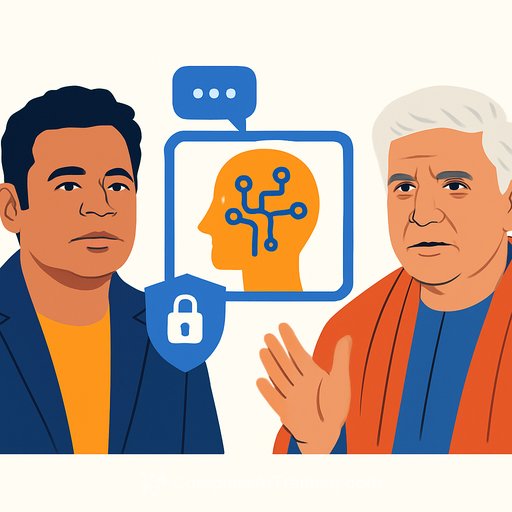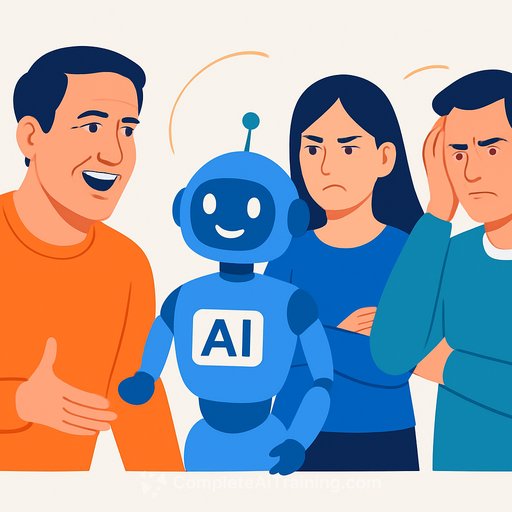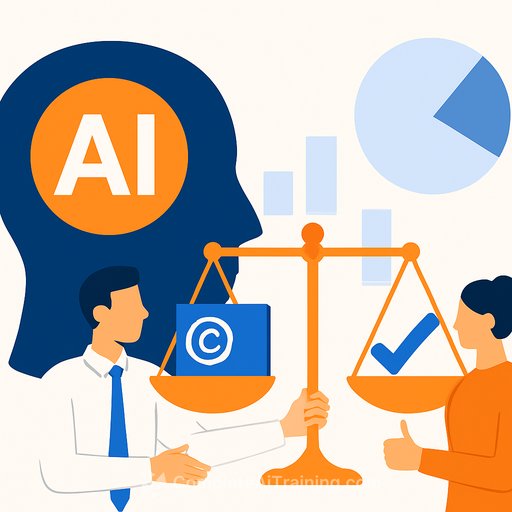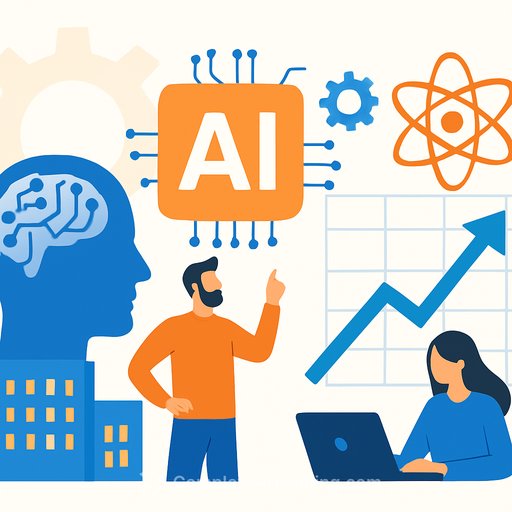AR Rahman on AI: Freedom for creators, rules for misuse
AR Rahman has a clear stance on Artificial Intelligence in music: protect identity, protect work, and give creators room to experiment. Speaking on Soundscape with Shruti Haasan, he called for strict guidelines that stop misuse without choking creativity.
"We are in a situation where we need rules now. Not everybody can access someone else's identity and then distort it. It is now very, very important to set rules, and in a way, where creative people get freedom to do extraordinary things, at the same time, don't get to steal from other people's identity."
Why this matters for creatives
Voice cloning, style imitation, and deepfake tech can copy your work and your persona in minutes. Without consent, credit, and compensation frameworks, your name and sound can be used in ways you never approved.
Policy is catching up. The European Union's AI Act outlines duties around transparency and deepfake disclosure. It's worth tracking how those rules influence music, film, and advertising contracts. Read the AI Act overview.
Javed Akhtar's perspective: talent lives in human experience
Javed Akhtar took a measured view: AI helps with routine writing, but it doesn't replace the instinct and subconscious that fuel art-at least not yet. He joked that if the choice is between AI and "natural stupidity," he'd pick AI, but added that creativity is a different question.
His point cuts to the core. "AI has no subconscious, no deeply hurt memories or failed affairs. Creativity doesn't run only on logic, it also comes from pain, heartbreak, and experiences that no machine has."
Practical guardrails for artists, labels, and studios
- Lock in consent: add explicit clauses for voice, likeness, image, and style use in any AI context. Require written approval, usage limits, expiration dates, and revenue shares.
- Define training rights: state whether models can be trained on your stems, sessions, lyrics, or visuals. If allowed, set scope, attribution, and royalties.
- Use provenance tools: export with content credentials, watermark stems, and keep signed masters. Track edits so you can prove authorship.
- Set brand boundaries: publish a clear policy for fan works, remixes, and AI covers-what's okay, what requires a license, what triggers takedowns.
- Label AI-assisted outputs: be upfront with collaborators and clients. Protect trust as much as IP.
- Contract for the future: add clauses for credit, royalties, and takedown cooperation if a platform hosts unauthorized AI clones.
- Pick safer tools: prefer models with enterprise agreements, audit trails, and data controls. Keep sensitive sessions off public services.
- Keep the human edge: use AI for drafts, ideas, and speed-but let taste, story, and lived context lead the final cut.
A balanced stance for working creatives
Rahman's call is simple: protect identity and rights, so innovation stays ethical. Akhtar's note is a reminder: your story, voice, and scars are the advantage machines lack.
Use the tools. Demand clear rules. Keep your signature unmistakable.
Further resources
- AI learning paths by job role for creatives who want practical skills without losing authorship.
Your membership also unlocks:






